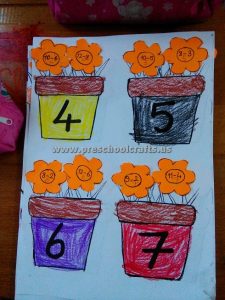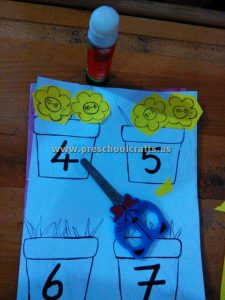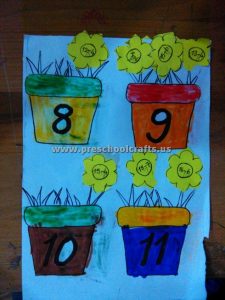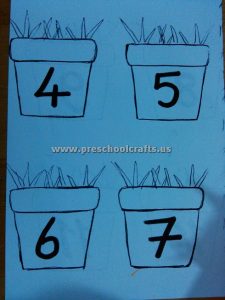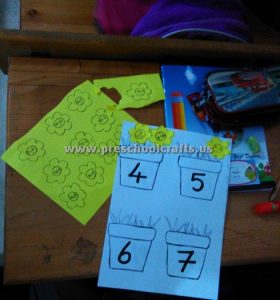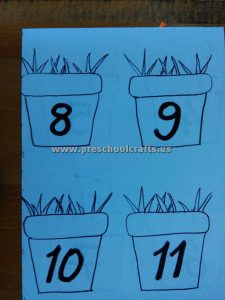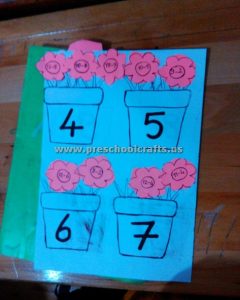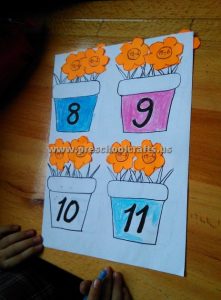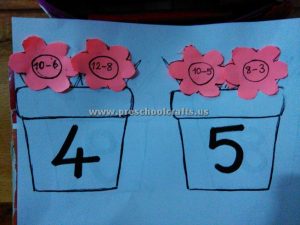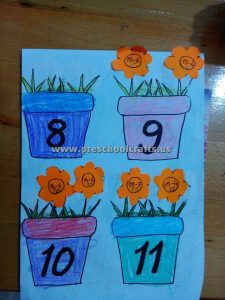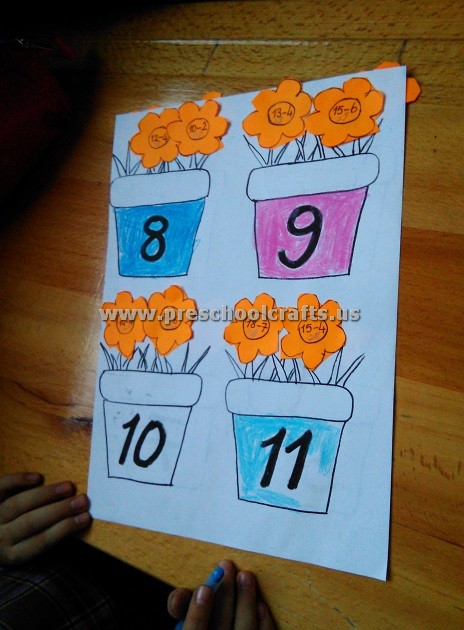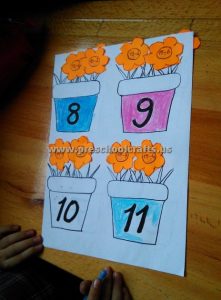
Subtraction Activities for First Grade
On this page,there are subtraction activities for kids. In addition, these activities can be used for different studies. This activity can also be done for addition, multiplication.The children enjoyed mathematic lesson with this activity.
This page includes funny Subtraction activity for first grade students, primary school students. Funny activities related to the subtraction with kids. These activities are suitable for primary school. This section has a lot of enjoyable subtraction craft activity ideas for kids, parents and primary school teachers. Teachers can use these subtraction activity ideas for mathematic lesson. This page subtraction activity ideas for kids and parents. Free funny subtraction activities for kids. The necessary materials for the activities, you can buy the stationery.
Subtraction Activity Ideas for Kids
There are fun and colored activities for preschoolers and first grade on our web site. This page includes free activity ideas related to Subtraction. Pictures Click image to view larger state. Firstgrade teachers and parents can use our activity ideas for teach mathematic.
